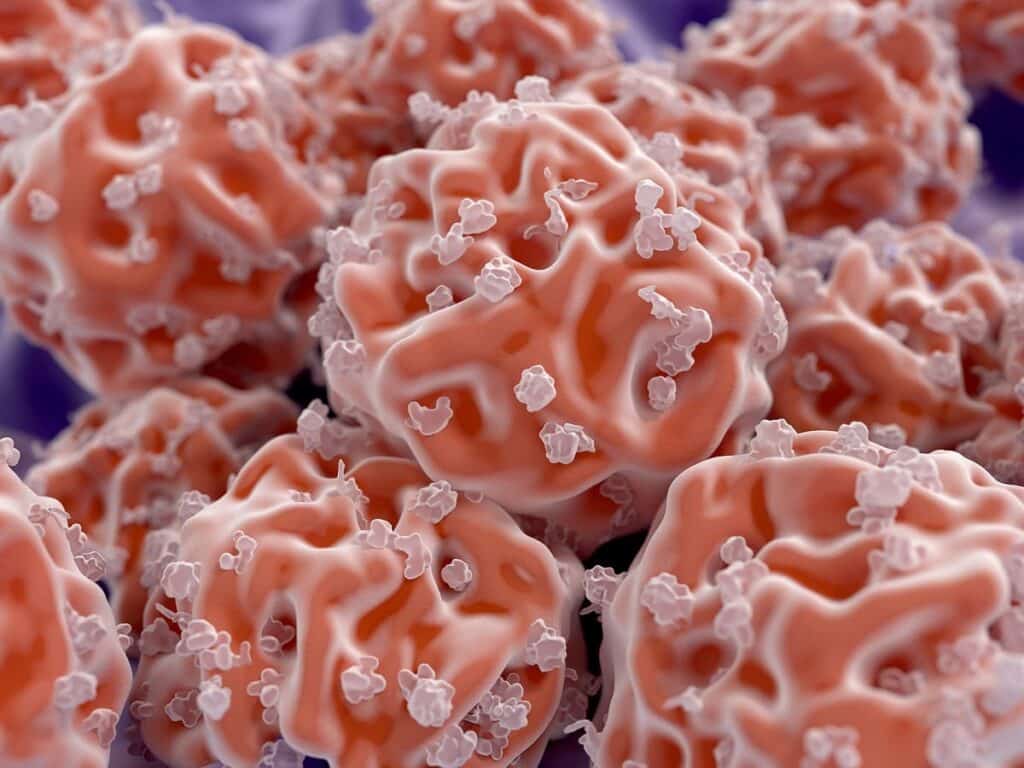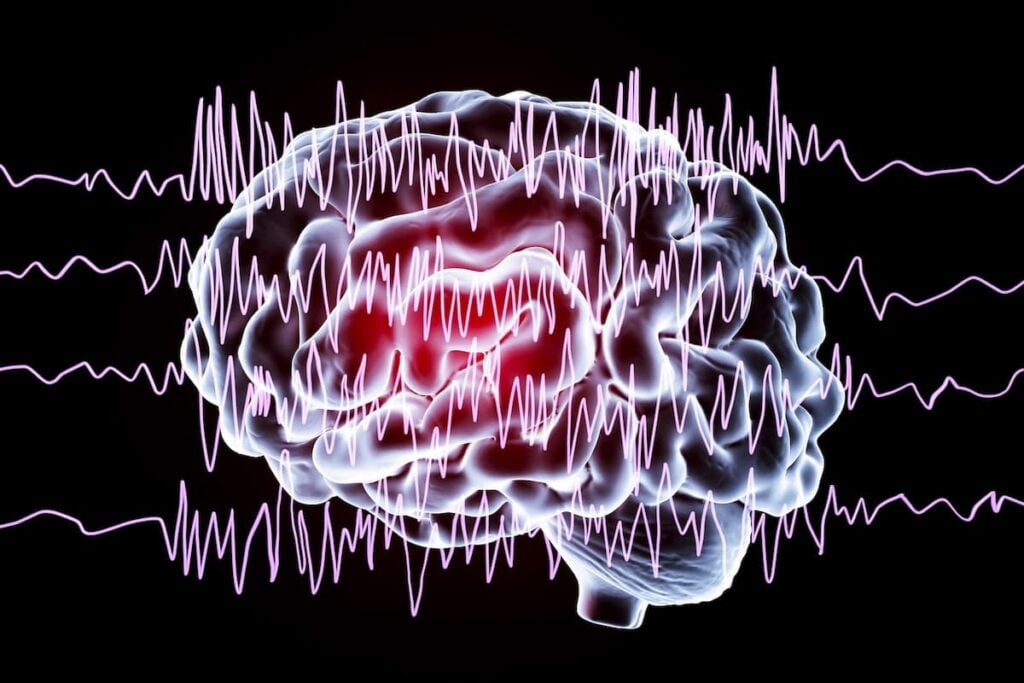When Will There Ever Be a Cure for Baldness?
Table of contents

Jeff Bezos. John McCain. Patrick Stewart. Despite all their wealth and power, these men and many others suffer from a pandemic, one so insidious and diabolical that it strikes men (and women) of every age, position, and class. That’s right – baldness, a word that brings a tinge of fear to all people of all nations around the world. Baldness has afflicted mankind since the dawn of time. There are long-lost records of ancient Egyptian spells that were designed to cure baldness, involving a prayer to Ra, the Egyptian sun god, and eating a mix of onions, honey, plaster, and heavy metals (yummy). Despite the many thousands of years filled with scientific and technological advances since, we humans are still subject to the cruel fate of our hairlines receding into a smooth emptiness.
Causes of Male Pattern Baldness
While there are many forms and causes for baldness, androgenetic alopecia (or male pattern baldness) is the most common, targeting nearly half of all men 50 years and older. Male pattern baldness is driven mostly by genetics, with a splash of environmental factors, like a sad diet of whiskey, burgers, and instant ramen. The cause of male pattern baldness is generally unknown, but some researchers have found androgens, a type of hormone, are involved. Dihydrotestosterone or DHT, a specific androgen formed from testosterone that turns boys into men at that awkward stage of puberty, is the major culprit. Hair grows normally under the skin in structures called hair follicles for two to six years, then falls out. For a few months, the hair follicle will go into a resting phase, then start the cycle over again. Elevated levels of androgens affect hair by cutting down the number of potential cycles that a hair follicle can go through, leading to shorter, thinner hair.
This is what the inevitable looks like. Credit: The Idle Man
Other genetic variations in men can lead to male pattern baldness. Some men with male pattern baldness have a larger number of docking sites for the Androgen Receptor or AR gene. This gene sequence codes for the production of the androgen receptor, a protein that specifically binds to androgen hormones. This combination of protein receptor-androgen normally controls for the translation of DNA into proteins that increase sex drive and ensure proper male sexual development.
Testosterone is a double-edged sword. Credit: Encyclopedia of Life Sciences
But how does this affect baldness?
Basically, more docking sites for AR can lead to greater androgen receptor excretion, with more protein receptors attaching to androgens. This higher concentration of protein receptor-androgen combos will then initiate a bunch of cell-to-cell signals that overload hair-producing cells, telling hair tissue to shut down hair production. Both androgens produced by the body and externally supplemented for performance can bind to these androgen receptors (so better stop dosing those steroids).
A Hairy Market
The poorly-termed male pattern baldness currently affects more than 50 million men and 30 million women in the United States. But the countries with the highest prevalence of baldness are found in Europe – the English, French, Germans, and Spanish are more likely to end up bald compared to any other group in the world. Regardless, nearly 95% of all men will eventually suffer from male pattern baldness, with increasing probability as they age beyond 50 years old. That’s good news on the cash front. The global market for baldness, including male pattern baldness and other causes of baldness (like chemotherapy), is estimated to be around $7.3 billion.
Hair Today, Gone Tomorrow
Rogaine and Propecia, popular treatments that have been verified to work by extensive clinical trials and licensed by the FDA, don’t actually cause hair growth. They simply prevent preexisting hair from falling out by keeping current hair follicles alive. As such, treating baldness becomes a grand challenge because the amount of potential hair regrowth is dependent on the number of hair follicles remaining on the scalp.
The active ingredient of Rogaine is Minoxidil, a pharmaceutical drug whose original purpose was to treat hypertension after extensive development by the Upjohn Company in the early 1960s. During clinical trials, patients were reporting excess hair growth, which clued the lead researcher into its potential use as a hair loss treatment. It’s widely believed that the mechanism of action of Minoxidil includes widening blood vessels on the scalp, allowing oxygen and nutrients to reach the base of hair follicles and providing a better environment for continued growth. Rogaine works better if the duration of patient’s hair loss has been less than five years.
Propecia, on the other hand, contains orally-active Finasteride, whose historic use was as a treatment for prostate enlargement back in 1992 (the clear pattern here is that these drugs weren’t originally intended to treat hair loss). The compound works as a selective inhibitor of an enzyme found in the skin and reproductive system called 5α-reductase. This enzyme converts testosterone into DHT, which we already mentioned as being involved in baldness.
Goodbye, DHT. Hello, sexy. Credit: Capillus
Those are the bare bones of how these treatments work, but it’s still unclear to the research community their exact mechanism, which makes developing treatments even more difficult. Targeted programs to develop hair loss treatments have met with poor results and failure since then. Many pipeline drugs are stuck behind the red tape of the FDA’s regulatory system and have not been approved. Dietary supplements like TRX2 and Viviscal simply have not been clinically proven to work. And surgical hair transplants … well, they certainly work but are a severe, grueling, and expensive way to go with potential long-term cosmetic scarring.
While both treatments have had some limited success treating baldness, hair loss resumes as soon as the treatments are stopped and so millions of men and women continue to suffer from baldness despite current advances in stem cell research, biotechnology, and surgical hair transplant robotics. And not everyone has Elon Musk’s money to turn themselves from a 5 to an 8 on the hotness scale. The baldness treatment holy grail is to promote hair growth continuously, even after the treatment is over, a strategy that doesn’t seem to exist … yet. Below we take a look at six companies on the quest to cure baldness.
Companies Working on a Cure for Baldness


However, lead compound SM04554 is still undergoing a series of clinical trials to assess its safety profile and efficacy, so it’s still too early to determine if the technology will be useful for treating baldness.


Founded in 2005, Follica is a New Jersey-based biotechnology startup that has raised a total of $24.1 million, though they haven’t taken in fresh funding since 2010. The company specializes in using stem cell therapy as a means of growing new hair follicles and treating baldness. Currently, Follica is promoting a complete system of hair loss treatment targeted at tech-savvy millennials that includes a smartphone app and a hair follicle-stimulating device. The device signals to skin stem cells to transform into new hair follicles using Follica’s proprietary technology licensed from the University of Pennsylvania.

Founded in 2015, New York-based RiverTown Therapeutics is a clinical stage biopharmaceutical company that specializes in a topical drug containing three molecules that synergize to grow hair – RT1640. The company was started by Dr. David Weinstein, MD, PhD after he had tested RT1640 on himself and turned himself into a werewolf. Just kidding. Weinstein was driven by his own experiences of losing his hair to baldness. Weinstein’s drug candidate is made up of a cocktail of cyclosporine A, an immunosuppressant; RT175, a new chemical entity; and Minoxidil, the active ingredient of Rogaine we introduced earlier.
We’re just waiting for the testimonials. Source: RiverTown Therapeutics
The drug combo has been tested in a series of FDA-approved clinical trials using more than 600 patients. RiverTown Therapeutics is in the process of securing funding for Phase II clinical trials.
Conclusion
While hair loss continues to plague humanity, there exists a sliver of hope beyond all the quackery and snake oil hair treatments. Hundreds of scientists, engineers, and entrepreneurs (most of them likely bald) are diligently working daily to return our glorious manes through the power of advanced stem cell and drug technologies.
Sign up to our newsletter to get more of our great research delivered straight to your inbox!
Nanalyze Weekly includes useful insights written by our team of underpaid MBAs, research on new disruptive technology stocks flying under the radar, and summaries of our recent research. Always 100% free.



















Most people in my area are oblivious to the fact that scalp therapy shampoos for fast hair growth (obviously without any sulfates, parabens or DEA) exist. Hair styling enthusiasts are now able to have longer hair and possess more alternatives. Definitely worth checking out.
Whether you’re going over hair loss, damaged hair, preventing hair disorders, hair growth, hair and scalp care in general, very similar ideas come to mind.
For the most part, you should try to avoid hair products and treatments that use chemicals like parabens, DEA and sulfates.
What’s healthy for your hair is good for your skin also.
It goes without saying the content on this page is so accurate for many reasons. It avoids the usual errors and pitfalls so many fall into: using ineffective alternatives. Greatly appreciated!
This is one of those comments where it feels like spam when you read it but then there’s just enough valuable advice in there that it might be worth leaving. Cheers for that Mabelle.
So many people are oblivious to the fact that fast hair growth shampoos (of course with no sulfates, no parabens and no DEA) are even a thing. People are now able to have longer hair and experience more possibilities. For sure worth investigating.
When you’re discussing alopecia, hair damage, preventing hair disorders, hair growth, hair care generally, the same rules become relevant.
In most cases, you will want to avoid hair products and treatments that use chemicals like parabens, DEA or sulfates.
What’s healthy for your hair is good for your skin also.
For obvious reasons the content on this page hits the nail in the head for various reasons. It steers away from the common traps and mistakes too many fall into- purchasing bad alternatives. Keep it up!
And then Lorenze here comes in with some other bullshit comment and you realize that these morons just copy and paste this shit around the Internet all day because who knows why.
Great stuff Lorenza, now go pack sand.